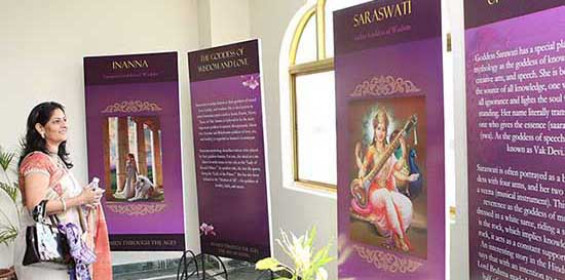
Ms. Sarika Nipunage
The basic principle of Vastu Shastra is to prepare a fertile to flower and eternal experience is Satchitananda that is the eternal bliss. Yog Shastra is called the mother of science of Vastu Shastra.
The concept of Prana that is the life force energy permeates through Vastu Shastra all over. That is how Vastu Shastra makes a house a living entity, which is depicted as Vastu Purusha. Basically the house is a living entity.
Akhandala Mandala Karam VyaptamYena Chara Charam – a Guru Stotra explains any energy is spiral or helical form automatically unites. The Vastu Purusha Mandala also explains various patterns of energy because energy is traditionally understood as helical form. The house is divided into many sections which are depicted by deities, which are symbolic representation of the energies in that particular section. Vastu Shastra is based on the five elements or Pancha Mahabhuta – earth, air, water, ether and space. Along with these, Vastu Shastra considers the eight directions, eight planets, geomagnetic fields and solar plexus.
Basically, the science of Vastu aims at controlling these flows of energies. So, when a building is designed, it needs to be oriented in a particular manner and proper directions, so that it enhances the energies to make your life happier and prosperous. The rules of Vastu ensure that the house is in harmony with its surroundings as well as the universe. For example, it gives specific locations for things in a house, like the kitchen should be in the South-East, bedroom in the South-West, the prayer room in the North-East, etc, similarly for the industrial buildings, there are various rules. As well as defining colours, shapes, materials etc.
Sound Bites
- Basically, the science of Vastu aims at controlling these flows of energies. When a building is designed, it needs to be oriented in a particular manner and proper directions, so that it enhances the energies to make your life happier and prosperous. The rules of Vastu ensure that the house is in harmony with its surroundings as well as the universe.
IWC 2012 Reflection














































